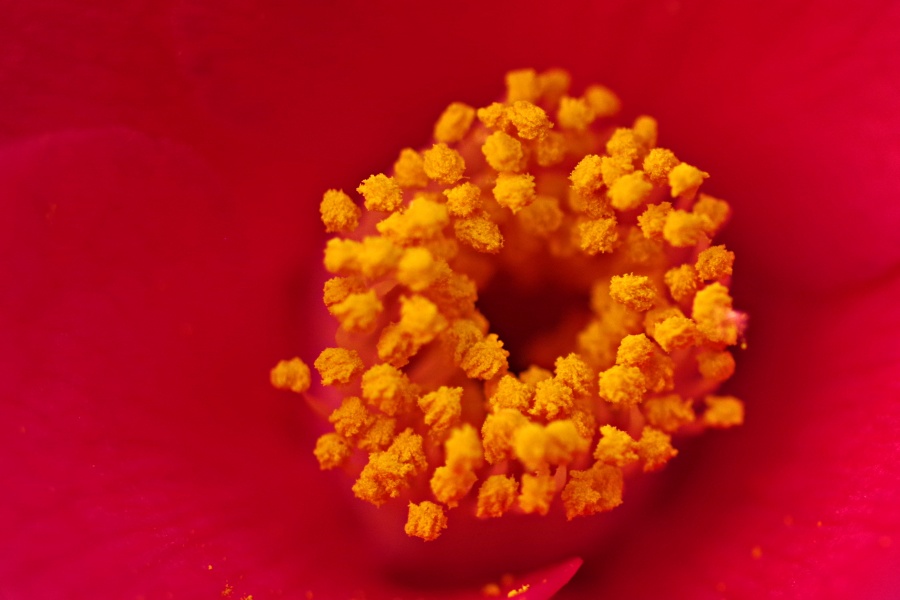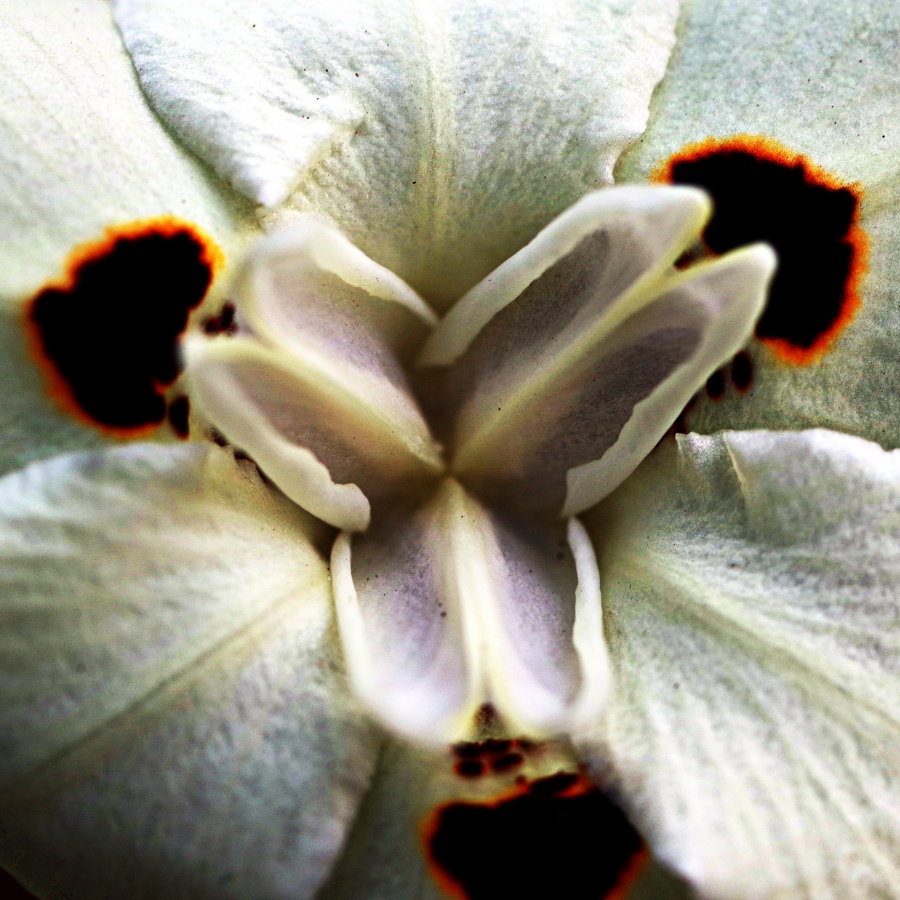 Originally posted by edom31
Originally posted by edom31 
Thank you for your answers, I am also doing some individual research, asking around.
This particular sunflower plant was grown from last years' seeds (a plant that produced one very big sunflower only).
This year, this particular plant already gave me a big flower (deadheaded already) and now has about 15-20 additional smaller buds... It grew as tall as my garage (the plant). This is its second flower, the others are soon to open and I'll check to see if any others have the anomaly.
You're welcome, glad to opine when there's a question about which I may have some limited knowledge. In this case it's experience with the anomalies in artificially-propagated orchids. Bottom line on it, "stuff happens".
But re sunflowers...I personally have never grown them, but a few years ago they suddenly became very trendy and popular in the cut-flower trade. At the time I was working at a nursery out in the country, and a significant portion of my (very long) daily commute took me through the edges of the agricultural areas of the southwestern portion of the metro area. I got used to seeing the usual field crops at various stages of growth, and then suddenly, several very large fields had a completely new crop, I didn't recognize these very large, leafy green plants...until one or two of them bloomed. Sunflowers! Huge fields of them! Not long after the first flowers appeared, the grower began to harvest them, row by row. Doubtless they went to flower purveyors somewhere. Can't say if they're still being grown in those fields, I retired a little more than 2 years ago and no longer make that horrible commute every morning and evening.


 Similar Threads
Similar Threads 































 Post #1 by starjedi
Post #1 by starjedi








